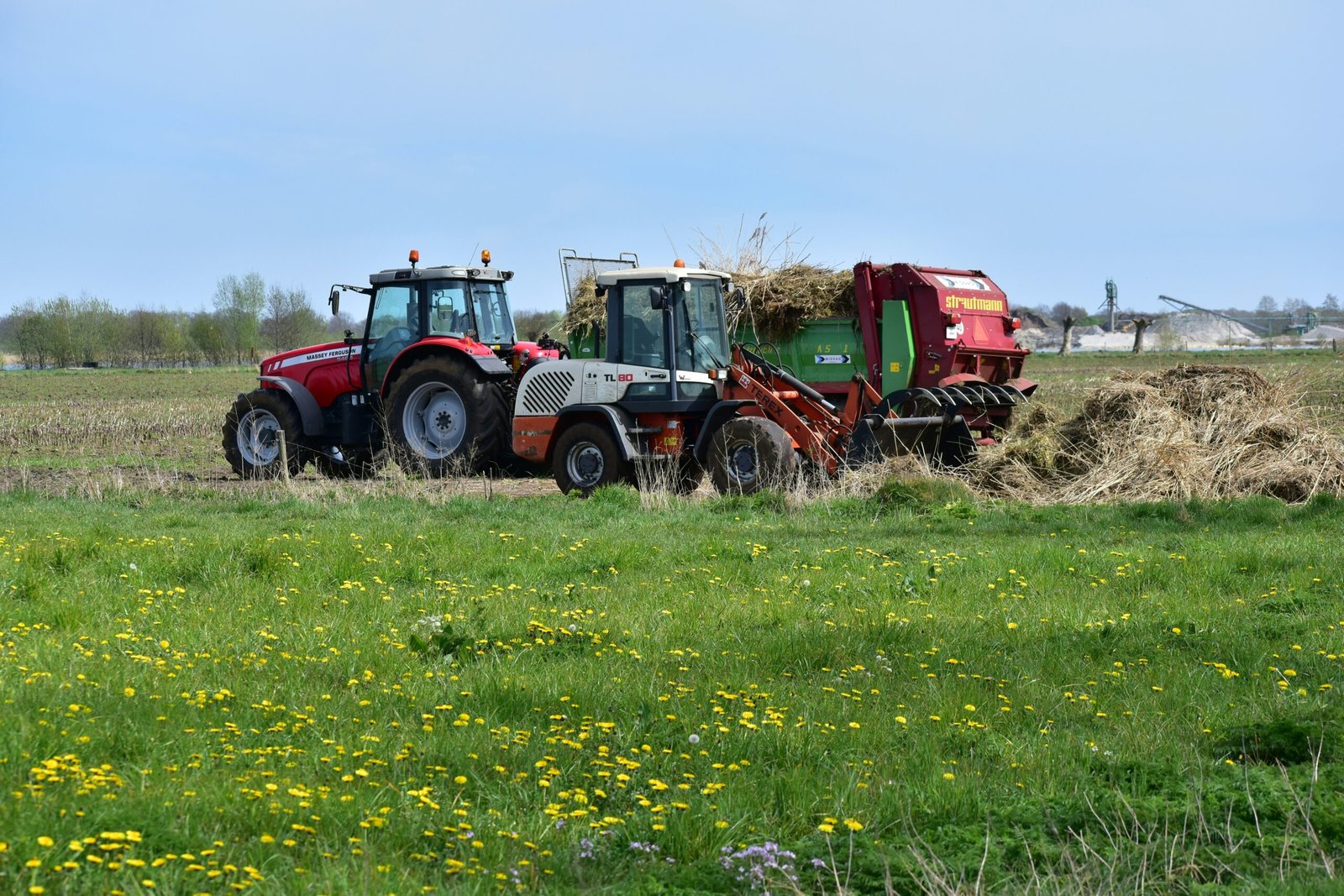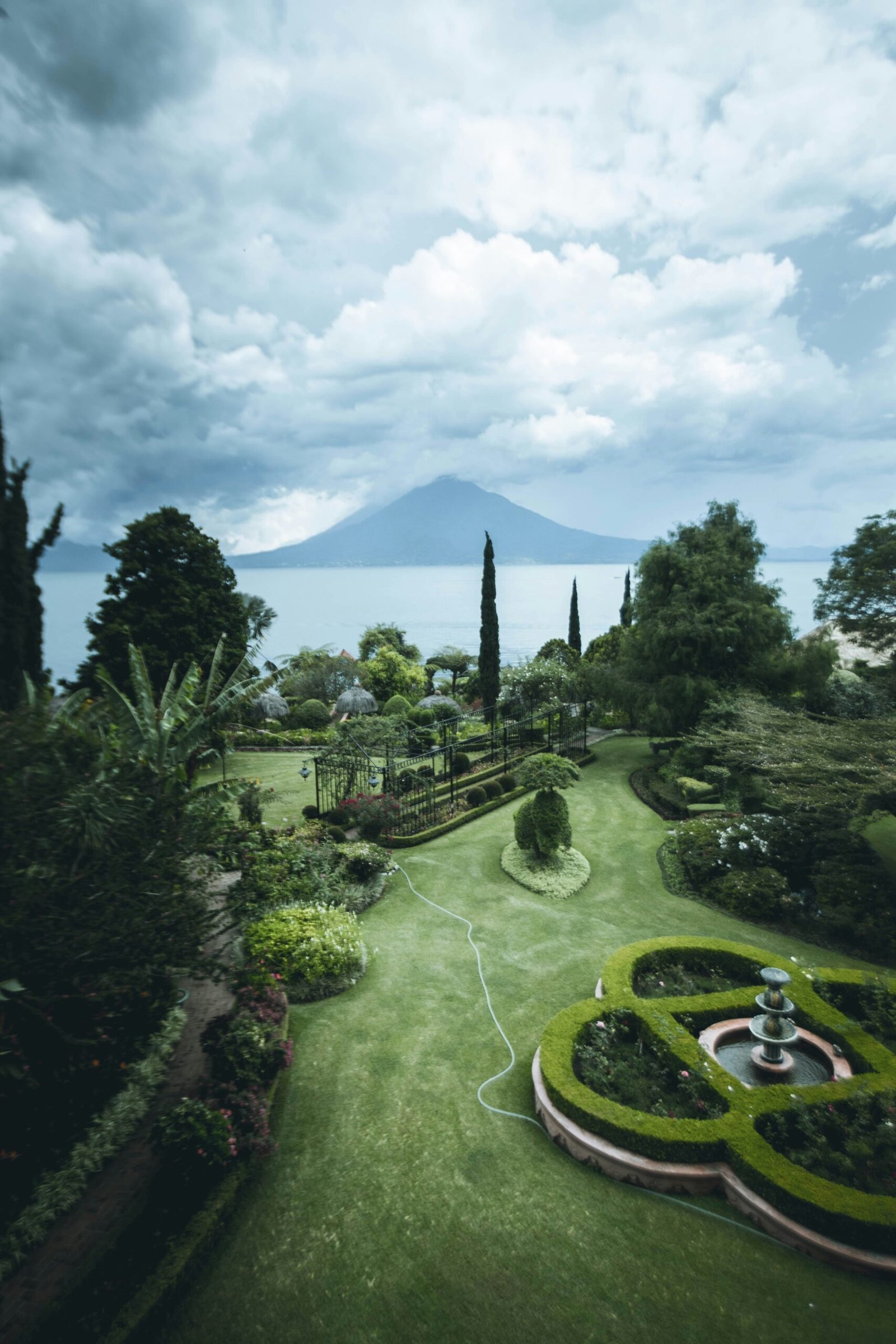A Guide To Landscape Design
Over the past two decades, garden design has undergone a dramatic evolution. The modern landscape is not just a pretty outdoor space that includes plants, hardscaping, and garden accessories. Today’s gardens are living art with the potential to transform outdoor living spaces into a paradise. This article will give you an overview of the principles of landscape design for residential gardens in order to help you create your own green oasis.
Introduction
When planning a new landscape or revamping an existing one, it’s important to keep in mind the basic principles of design. These principles can be applied to any type of landscape, whether it’s a small garden or a large park. By following these guidelines, you can create a harmonious and pleasing outdoor space.
The first principle is unity. This means that all the elements in your landscape should work together to create a cohesive whole. All the elements should be in keeping with the overall style of the landscape. For example, if you’re going for a natural look, then you wouldn’t want to use highly polished stones in your garden beds. Everything should flow together and complement each other.

The second principle is balance. This refers to the distribution of weight within the landscape. You don’t want everything to be symmetrical, but you also don’t want everything to be off-kilter. A good way to achieve balance is by using odd numbers when grouping plants or other elements together. For instance, instead of planting two shrubs next to each other, try planting three. Or, instead of placing a large tree in the center of your yard, try positioning it off to one side.
The third principle is rhythm. This is created by repeating certain elements throughout the landscape. For example, if you have a series of low hedges running along your property line, you could repeat that same hedge throughout your landscaping. Or, if you have several different types
What is Landscape Design?
A landscape design is more than just placing trees, shrubs, and other plants in your yard. It is an art form that takes into account the natural features of your property and how you want to use the space. A good landscape design will incorporate elements such as hardscaping (walkways, patios, etc.), water features, and planting beds to create a cohesive and inviting outdoor space.
The principles of landscape design are relatively simple and can be applied to any size property. They include:
Proportion: The overall size and scale of the various elements in your landscape should be in proportion to one another and to the size of your property. For example, a small patio would look out of place on a large estate.
Unity: All the elements in your landscape should work together to create a unified design. This means choosing complementary colors, textures, and materials. For example, using stone for both your patio and walkway will create a more unified look than using concrete for one and brick for the other.
Balance: Your landscape should have a sense of balance, which can be achieved through the proper placement of hardscape elements, planting beds, water features, etc. Asymmetrical designs are often more visually interesting than symmetrical ones.
Movement: A good landscape design will have a sense of movement or flow to it. This can be accomplished by the use of curves in walkways or planting beds, or by using different levels (
The Principles of Landscape Design
There are many different principles that can be applied to landscape design, but some of the most important ones are listed below:
unity – all of the elements in the landscape should work together to create a cohesive design;
balance – the design should be balanced, with equal amounts of positive and negative space;
rhythm – the design should have a sense of movement, created by repeating elements or a path leading through the space;
proportion and scale – all elements in the landscape should be in proportion to each other and to the overall size of the space; and,
focal points – there should be one or more focal points in the landscape that draw the eye and create interest.
Garden Design
Garden design is the process of creating a plan for the layout and planting of a garden. The first step in garden design is to decide what you want your garden to look like. Do you want a formal garden with straight lines and symmetrical plantings, or a more naturalistic garden with informal plantings? Once you have decided on the overall style of your garden, you can begin planning the layout.
When planning the layout of your garden, it is important to consider the purpose of the space. Do you want a space for entertaining, relaxing, or growing plants? Consider also how much sun and shade the space gets, as this will affect what plants will do well there. Once you have an idea of the purpose and layout of your space, you can start planning which plants to include.
When choosing plants for your garden, it is important to consider their size, shape, and color. You should also think about whether they are annuals or perennials, as this will affect how often you need to replant them. Consider also whether the plants are native to your area or if they are drought-tolerant, as this will save you watering them during dry periods.
Once you have planned out the layout and plantings for your garden, it is time to start planting! Be sure to prepare your soil before planting, and follow any instructions on the seed packets or plant tags carefully. To maintain your plants healthy, water frequently and fertilise as necessary.
How to Design a Garden Layout
When you are planning the layout of your garden, there are a few things to keep in mind. Consider first how you want to utilize the area. Do you need a place to host visitors? a spot to unwind? a play area for your kids? You can begin arranging the layout once you have decided how you want to use the area.
There are a few basic principles of design that you should keep in mind when laying out your garden. First, create a focal point. This might be a lovely tree, an intriguing piece of art, or a water feature. The focal point will be the center of attention in your garden and everything else should be planned around it.
Next, consider the flow of traffic through your garden. You don’t want people to have to walk through beds of flowers to get to the other side of the garden. Plan paths and walkways so that people can move easily from one area to another.
Finally, pay attention to the scale of your garden elements. Make sure that paths are wide enough for people to walk comfortably and that furniture is the right size for the space. By keeping these principles in mind, you can create a beautiful and functional garden layout.
Tips for Creating Your Perfect Garden
When planning your perfect garden, there are a few things to keep in mind. Here are some tips to help you get started:
- Decide what type of garden you want. Do you want a formal garden with straight lines and symmetrical planting, or a more naturalistic garden with curved lines and informal plantings?
- Consider the scale of your garden. What size do you want it to be, if any? Remember that smaller gardens are easier to care for and can be just as beautiful as larger ones.
- Choose the right plants for your climate and soil type. Not all plants will thrive in all conditions, so it’s important to select ones that will do well in your particular environment.
4. Think about how you want to use your garden. Do you want a place to entertain guests or a quiet retreat from the world? This will help you determine what kind of features to include, such as patios, decks, ponds, etc.
- Don’t forget the details! Add interest to your garden with interesting textures, colors, and shapes. Use containers or raised beds to add variety and visual interest.
By following these tips, you can create a beautiful garden that is uniquely yours
How to be a good dog parent?
- How doing garden work can improve your mental health
- What defines herbaceous plants from other types?
- 5 Simple Steps to Save the Seeds For Flowers
- 10 Easy Ways To Grow Vegetables Indoors
- November Planting: What To Plant In November
Discover more from Organic Gardening
Subscribe to get the latest posts sent to your email.







